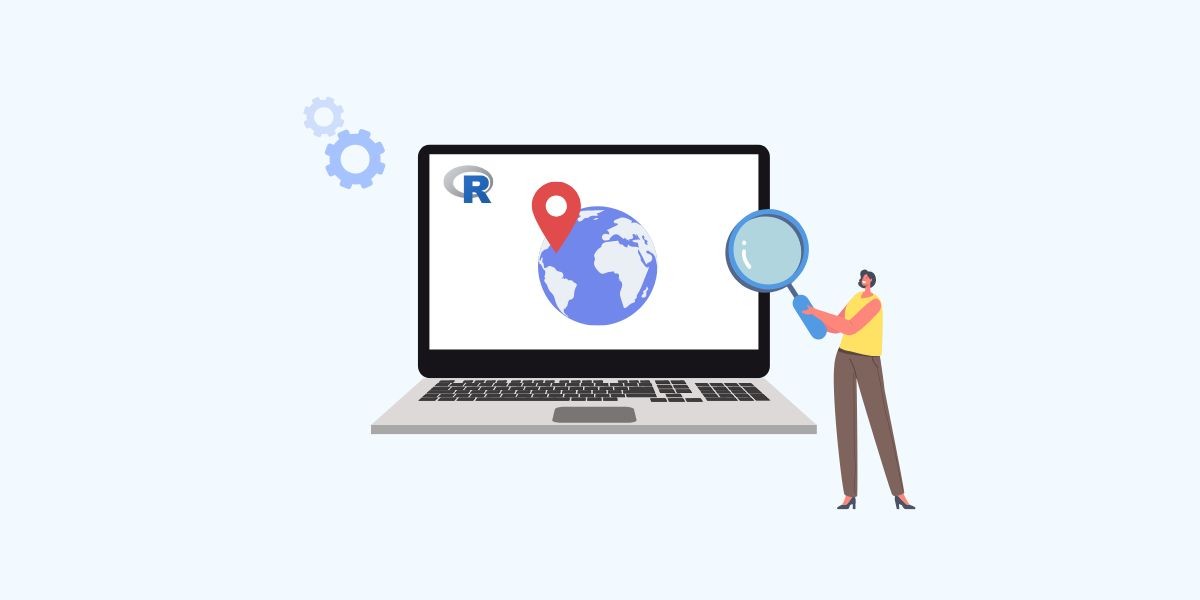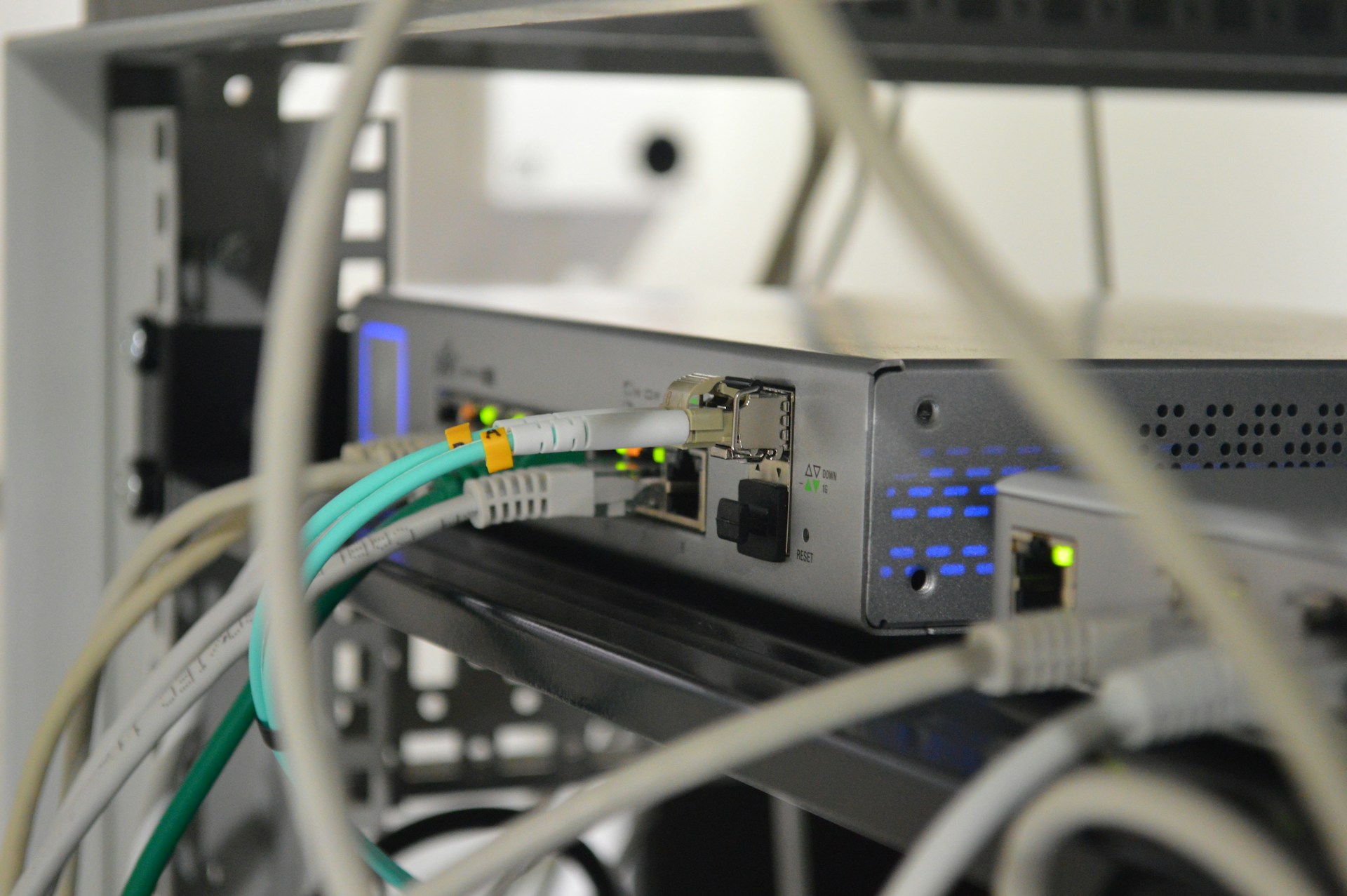
Web scanning and web gathering are two different processes that involve analyzing information obtained from the global Internet.
Web scanning is the acquisition or indexing of relevant information from a wide variety of sites. Sometimes it is an automated action by which a program accesses pages, retrieves the necessary information and stores the data for future use. This kind of scanning is very beneficial for analyzing the market situation, having information about prices, monitoring and so on.
Web scraping means the use of search robots (crawlers) to bypass sites to index the data they contain. Such a tool is often used by search engines to update their information bases and provide the user with up-to-date search results. In addition, web scraping is also used to analyze the structure of Internet pages, find broken links and the like.
In general, web scanning and web scraping have different purposes and methods of operation, but both processes are related to analyzing data that resides on the Internet.
What is web scanning and how does it work?
Page parsing (web scraping) can be used for a multitude of purposes that ultimately aim to scrape data. These include:
Obtaining product and pricing information. Often manufacturers use scanning pages on the Internet to monitor prices on competing sites or for comparison purposes.
Analyzing the market situation. Page scanning allows you to get data on market trends, customer feedback, new products and other nuances useful for analyzing the competitive environment.
Contact data retrieval. Site scraping is used to obtain various contacts (e-mail addresses, phone numbers) from websites for subsequent use in marketing campaigns.
News and social media monitoring. Page scanning allows you to track news, social media updates, and current events to create information flows and understand public opinion.
Collecting data for analysis. Web scraping is sometimes used to gather information about the number of site visits, customer behavior, subscribers, and other metrics for analysis and reporting.
Here is only a list of possible applications of internet site scanning.

What is web scraping and how does it work?
Web scraping refers to the automatic retrieval of information from websites on the Internet. Web scraping is also used to extract text, images, tables, prices, contact details and other information.
The principle of operation of Internet scraping usually consists of:
- receiving HTML code – the scraper sends a request to the server and receives the HTML of the site in response;
- analyzing HTML code – the scraper analyzes the HTML of the site, identifies the necessary information and copies it (libraries are often used for this purpose, for example, Cheerio for JavaScript);
- data processing – having received the data, the scraper analyzes it, for example, cleansing it of unwanted characters or transforming it into another form;
- saving information – the information is saved in a file or sent for further analysis.
It should be noted that when using scraping, it is necessary to comply with data protection and copyright laws. Sometimes sites prohibit the scraping of their data. For this reason, before you start scraping, you should make sure that it is allowed.
In addition, one should realize that the HTML combination of websites sometimes changes, so those who apply scanning are required to have the flexibility and ability to adapt to such changes.
Pros of Web Scanning
For modern companies and various businesses, web page scanning has many positive qualities. These can include:
- gaining access to a wealth of information – scanning allows companies to obtain information from a variety of online sources, allowing them to analyze and use the data in their business objectives;
- deep dive – deep scanning of individual web pages to find information in the deepest “nooks and crannies” of the global web;
automation – scanning allows you to automate the retrieval of information, which in turn saves your company time compared to manually searching for information; - ensuring high quality – search engine robots are better at assessing the quality of website content, so this tool is very suitable for quality control tasks;
- competitive advantage – analyzing data obtained through web mining can help companies identify new trends, monitor competitors’ actions and make more informed business decisions;
- more adequate understanding of the market and customers – with the help of web scanning, companies are able to gain a deeper understanding of their customers’ needs, market dynamics, which helps in developing more effective marketing strategies;
- work in real time – Internet monitoring is suitable for businesses and organizations that need urgent information;
- monitoring of changes – the method allows you to track changes on websites, including rates, promotional offers, customer comments, etc;
- productivity – automated data retrieval allows employees to focus their time on the development and operation of information, instead of wasting time on manual data collection.
Despite the many advantages, it should be remembered that web scanning and web scraping have certain legal restrictions, such as privacy policies, data protection, copyright and the like.
Pros of utilizing web scraping
Web scanning and web scraping in any case offer many pros to those who resort to using them. We have already talked about the pros of scanning, but what does scraping offer? So, the advantages of web scraping include the following points:
- obtaining information – the method makes it possible to obtain data from the Internet, which is necessary for monitoring the situation on the market, tracking competition, collecting user opinions and other purposes;
- market analysis – application of the obtained information allows companies to conduct a more accurate analysis of the market situation, identify new trends and make forecasts of changes;
- updating information – collecting the most relevant information from websites, updating data in the present time;
- tracking pricing – the method gives companies a chance to monitor competitors’ tariffs, which gives companies a chance for more reasonable activity;
- competitor tracking – companies get a chance to monitor new products, marketing strategies.
Note that the data obtained through web scraping can help companies make more informed decisions in various areas of business.
Some of the most common uses of scraping by various organizations include:
- the ability to obtain advertising, financial and other information about customer audiences that is relevant at a given time, and the ability to analyze their behavior – is important in identifying target audiences;
- market analysis to ensure competitiveness – especially productive in the field of Internet trading (data on tariffs, customer comments, product range, incentive bonuses and so on);
- brand protection – data collection as an important point of brand protection against fraudulent actions and attacks by criminals who may unauthorized use of companies’ intellectual property (trademarks, labels, copies of goods).
Among other things, information scanning provides an opportunity to track fraudsters, identify them and fight cybercrime.
Difference between web scanning and web scraping
The main differences between web scanning and web scraping can be defined as follows:
Web scanning offers automatic traversal of sites in order to index and update information for search engines;
The main purpose of crawling is to detect new or changed web pages to update search indexes;
crawlers usually follow links on web pages to find new pages and update information.
As for web scraping, unlike crawling, this process involves extracting specific data from web pages to analyze or save this data in a local database or file.
The main task of web scraping is to retrieve structured data such as product prices, reviews, contact information for later use.
In this case, crawlers analyze the HTML code of the page to extract the desired data based on templates or rules.
Having analyzed the above information, we can say that web crawling is primarily concerned with retrieving and updating information for search engines, whereas scraping focuses on extracting specific information to be used for other purposes. This is where scraping and parsing differ. In addition, mobile proxies are used to enhance the web scraping and parsing capabilities, which give the ability to bypass sites to index information.






